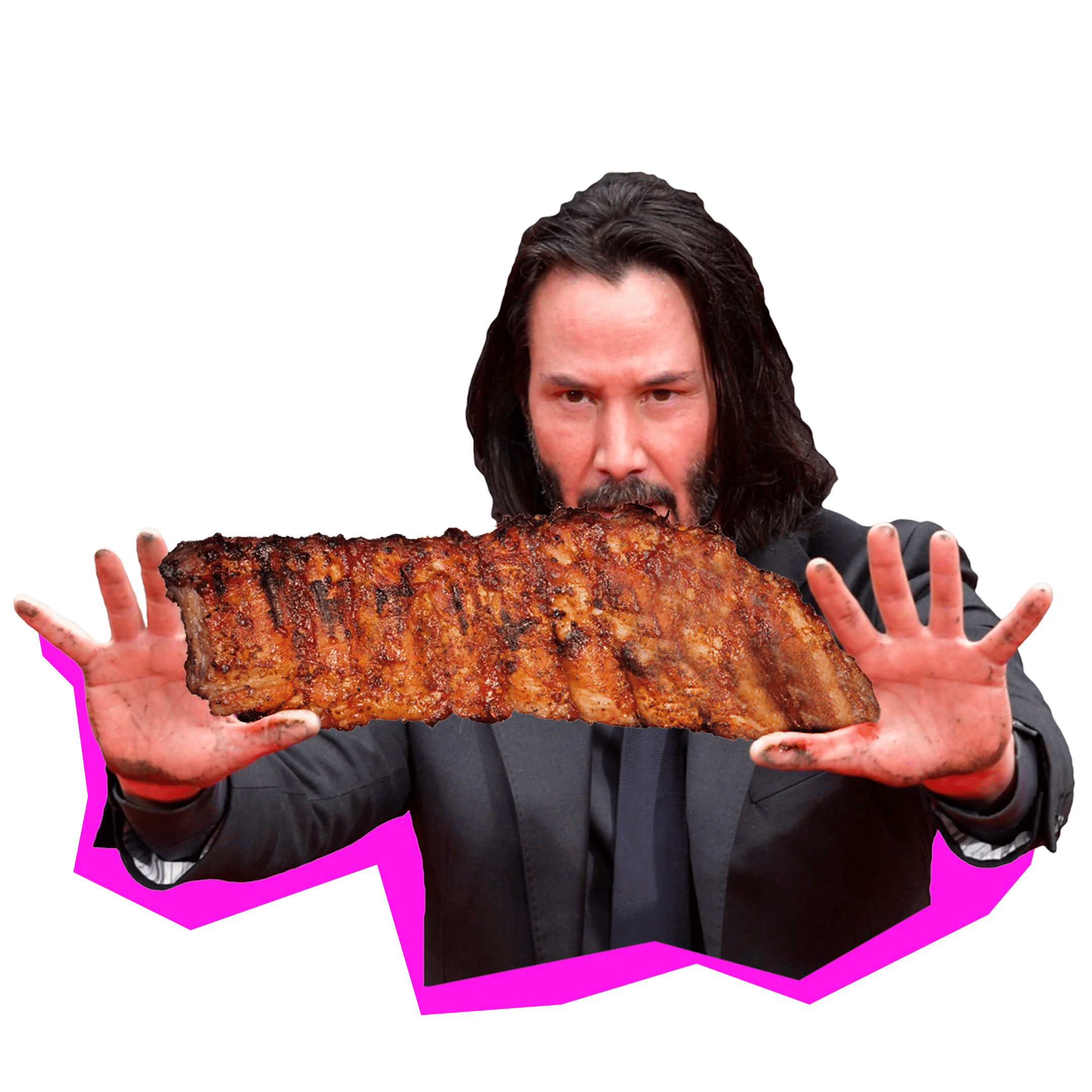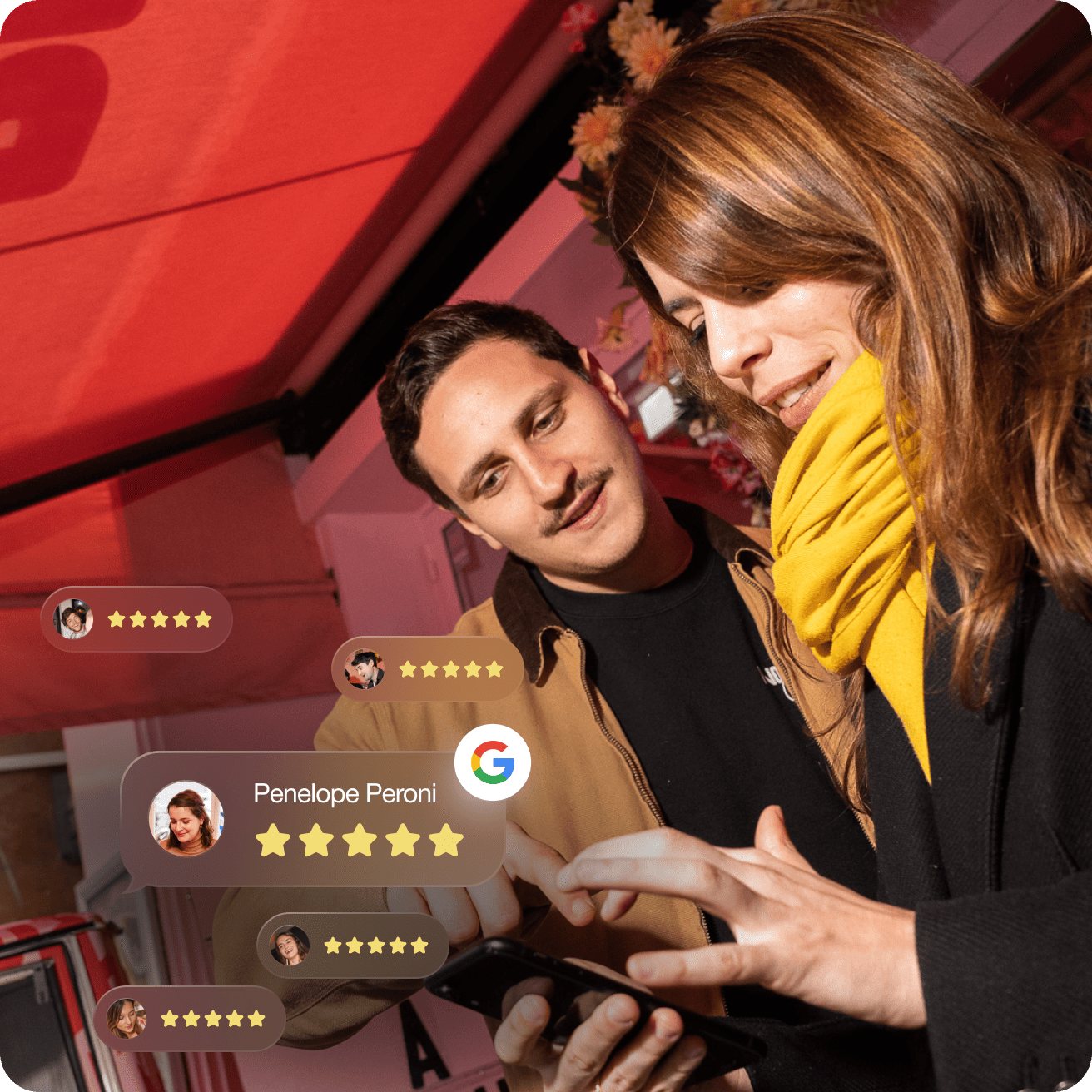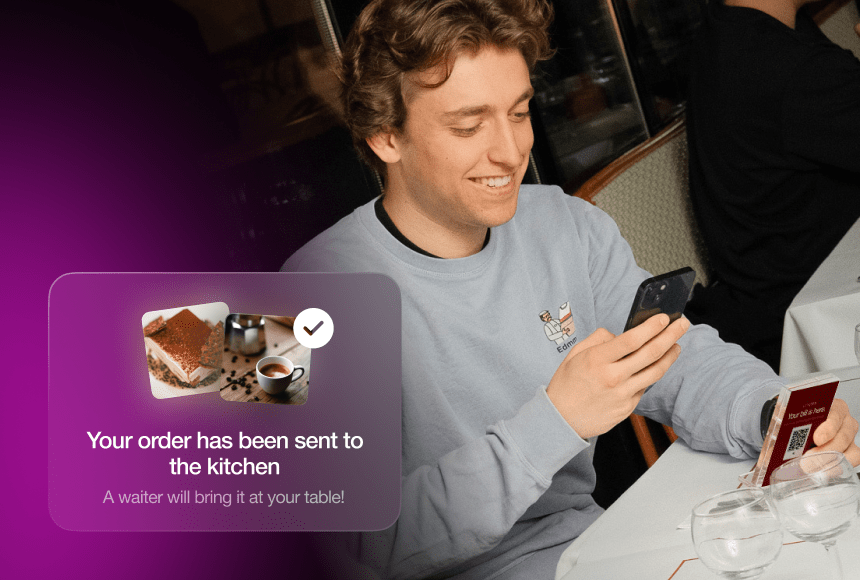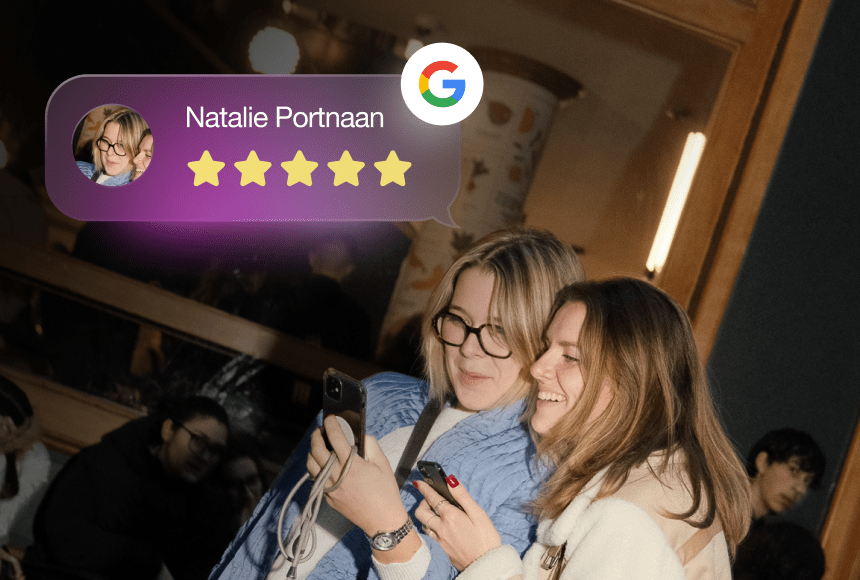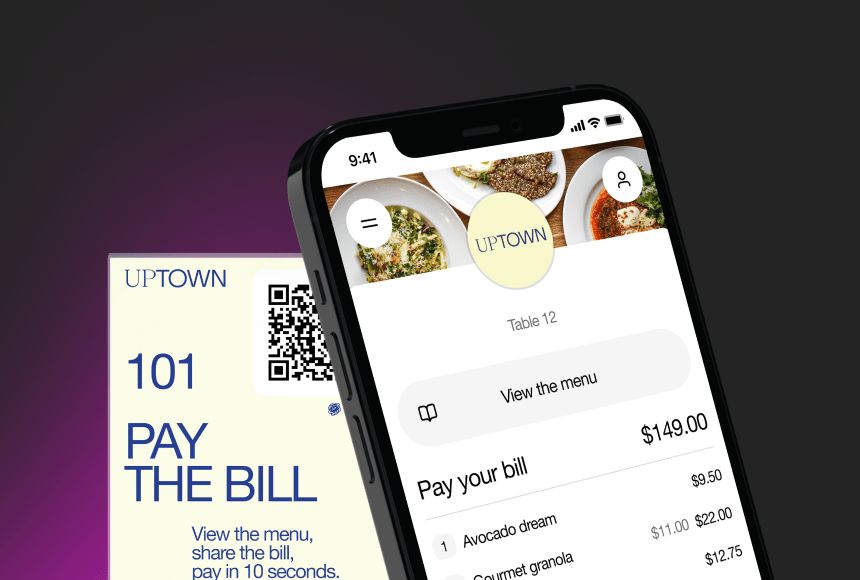
Revolutionizing the Checkout Experience, One Scan at a Time
Why QR Code Payment Is Rapidly Gaining Ground
Between juggling tables, staffing challenges, and the never-ending quest to please diners, running a restaurant can feel like you’re spinning multiple plates in the air. In this high-wire act, anything that streamlines operations is a win—especially at the busiest times of day. That’s where QR code payment comes in, offering a modern way to settle the bill quickly and conveniently.
Consumers are growing more comfortable using their smartphones for everything from ride-sharing to online shopping, so it’s no surprise they’re also open to scanning a code at the table to pay. According to the National Restaurant Association, a significant number of diners say they’d appreciate digital payment options to cut down on wait times and personal contact (source). This article explores why QR code payment might be exactly the tool your restaurant needs to keep pace with modern customer expectations—while also boosting efficiency and profits.
1. Accelerating Table Turnovers
One of the top complaints from diners is the wait—whether it’s waiting to be seated, waiting for menus, or waiting for the check to arrive. By introducing QR code payment at each table, you remove at least one common bottleneck. Guests can pay right when they’re ready, without flagging down a server for the bill or a credit card slip. That time saved can directly translate into:
- Higher table turnover: The faster a party pays and departs, the quicker your next group can sit, order, and spend.
- Shorter lines: If your restaurant often sees a queue, reducing wait times helps you serve more customers during peak hours.
Shaving even five or ten minutes off each table’s payment process might not sound like much, but it adds up quickly—especially in high-volume establishments.
2. Easing Stress on Your Staff
Servers juggle multiple tasks: describing specials, taking orders, checking on the kitchen, and delivering checks to each table. When payment can be handled by diners directly on their phones, your team can focus on higher-impact interactions. This shift can:
- Reduce server fatigue: Eliminating repeated trips to the POS for every payment frees employees to engage more personally with guests.
- Minimize errors: No more manual data entry or deciphering hastily scrawled signatures—less chance of mistakes leading to voided receipts or angry customers.
- Improve morale: When staff feel less rushed and more empowered, the overall workplace atmosphere brightens.
In short, a simpler payment process creates a ripple effect, allowing servers to devote energy to what really matters: ensuring guests have a memorable dining experience.
3. Speedy, Flexible Payment Options
Cash, credit cards, digital wallets… diners today expect to have multiple ways to settle their bill. QR codes can accommodate all of them in one streamlined interface. Once a diner scans, they see their exact total and can choose their preferred method. Many systems also let them:
- Split checks among friends: No more complicated math or frustration over dividing a single bill.
- Select tip amounts: Pre-set suggestions (like 15%, 18%, or 20%) make it easy for customers to be generous—boosting your team’s earnings.
- Use mobile wallets: Apple Pay, Google Pay, and other digital wallet options are often built-in, so diners don’t have to fish out a card.
That convenience encourages repeat visits, because customers know your restaurant respects their time—and their payment preferences.
4. Boosting Average Check Sizes
It might seem counterintuitive, but a smoother, more enjoyable checkout process can actually increase your revenue. Why? Because comfortable, happy diners are more likely to spend more and come back frequently. Plus, some QR code payment tools include subtle prompts to consider add-ons or desserts during the payment flow—an effortless upsell that can nudge your average check higher.
Another angle: if your system integrates with a loyalty program, customers see immediate rewards on their phones, like points earned or a discount for next time. This sense of progress can motivate them to indulge in one more appetizer or drink, knowing they’ll inch closer to a reward.
5. Gathering Valuable Customer Insights
Paper receipts don’t tell you much beyond a final number, but a digital payment platform can collect useful data in real-time. You could discover:
- Peak payment times: Spot patterns and optimize staffing for high-volume periods.
- Popular menu combos: Link orders to payments to see which dishes or promotions are driving sales.
- Success of promos: If you introduced a happy hour special, observe any spikes in average ticket size or items sold.
As you accumulate these insights, you can refine your menu, pricing strategy, and marketing efforts to align with proven demand—rather than guesswork.
6. Enhancing the Guest Experience
Let’s face it: the moment the meal ends can be a letdown if diners have to wait around for the bill. With QR code payment, they keep that sense of autonomy and satisfaction rolling right up until they leave. They can:
- Pay at their convenience: No more awkwardly waiting with credit card in hand.
- Review and tip privately: Some diners prefer discreetly selecting their tip on a personal device rather than scribbling on a public receipt.
- Leave feedback: Many solutions offer a direct link to post a quick Google review, turning satisfied diners into online advocates with just a tap.
As the hospitality landscape becomes ever more competitive, small improvements in how guests feel during each stage of their visit can set your restaurant apart.
7. Reducing Physical Contact and Paper Use
Even as the pandemic eases, many diners still prefer minimal physical contact and fewer shared surfaces. A QR code system means no handing over menus or pens for signing, and no passing paper receipts back and forth. This approach can:
- Reassure health-conscious guests: They see your restaurant prioritizing safety.
- Cut down on printing costs: Over time, those small savings from not printing receipts or replacement menus add up.
- Align with eco-friendly practices: Going green resonates with a growing segment of eco-aware customers, potentially attracting a broader audience.
8. Strengthening Staff-Customer Relations
You might worry that digital payments reduce the personal touch. In reality, they can actually free staff to spend more quality time with diners. Instead of running cards at a station or searching for the right check, servers can:
- Check in on tables more often: Offer a refill, ask about dietary preferences, or chat about that new appetizer you’re testing.
- Handle real problems, not busywork: If a customer’s meal isn’t up to par, staff can solve it on the spot instead of fumbling with a card reader.
That extra face time can lead to deeper connections, higher tips, and glowing word-of-mouth. People remember how they felt when dining, and a personal, friendly conversation is often more memorable than a clunky checkout process.
9. Streamlined Implementation
Worried about a complicated rollout? Don’t be. Modern QR code payment solutions are designed for swift onboarding. The steps usually look like this:
- Link to your POS: Ensure transactions sync automatically, so your staff doesn’t have to double-enter data.
- Assign table-specific codes: Print them on stands or stickers, ensuring each table has a unique identifier for accurate billing.
- Train your team: They’ll need a quick rundown on how the system works and how to handle any guest questions. This typically takes less than a day.
- Update signage and promotions: Let guests know via tabletop signs or a short mention when they arrive that QR code payment is an option.
In many cases, you could introduce QR code payment during off-peak hours or do a “soft launch” over a weekend to iron out any minor hiccups before your busiest shifts.
10. Addressing Common Concerns and Myths
Some restaurant owners fear that older diners won’t adapt or that staff might lose tips if the checkout process isn’t face-to-face. Yet real-world usage often proves otherwise. Here’s how to handle a few typical concerns:
- “Will older guests accept this?” Many seniors are more tech-savvy than expected. Offer a backup paper option, but chances are, they’ll catch on quickly—especially if it’s a simple scan and tap.
- “We can’t lose the human touch.” Digital payment doesn’t mean ditching service. Staff can still greet, chat, and upsell in person; QR codes merely handle the final settlement step.
- “I’m worried about security.” Reputable QR code platforms use encryption and PCI-compliant systems to protect diners’ card data. Make sure you choose a trusted vendor and let customers know their information is safe.
- “Could we lose tips?” Actually, many restaurants see higher average tip percentages because the system can gently suggest customary rates. Customers who appreciate quick, hassle-free payment often reward servers accordingly.
Real-World Example: The Weekend Brunch Success
Picture a popular brunch spot in a bustling neighborhood. They have a line out the door on weekends, and tables are prime real estate. Before adopting QR code payment, bottlenecks formed at checkout: servers tried to manage a crowd while manually splitting bills and running cards one by one. Frustrated guests felt rushed or annoyed. Staff morale dipped during peak hours.
After introducing a QR code payment system, the owners noticed three immediate changes:
- Higher table turnover: Guests paid within minutes, so the next party was seated sooner.
- Less server stress: Freed from “running the register,” staff devoted time to upselling mimosas and checking in on special requests.
- Increased tips: Because diners handled tipping on their phones, many found it simpler to add a few extra dollars with a single tap.
This shift turned brunch from a logistical headache into a smoother, more profitable operation—showing how a small tech tweak can produce big results.
Capitalizing on Marketing Opportunities
Beyond the checkout, QR codes open doors for targeted marketing. Once a guest scans a code, they might see a brief message or splash screen inviting them to:
- Join your email list: Offer a small perk or future discount to encourage sign-ups.
- Leave a quick review: A direct link to Google reviews can significantly boost your online reputation.
- Redeem loyalty points: Integrating a reward system encourages return visits, transforming occasional diners into regulars.
With these add-ons, your payment process evolves from a mundane final step into a subtle marketing funnel that keeps the conversation going even after diners leave the table.
Stepping into the Future of Dining
QR code payment isn’t just a passing trend; it’s part of a broader movement toward more efficient, customer-centric service. Diners are used to convenience in every aspect of their lives, and restaurants that adapt to those expectations can stand out in a crowded market. By offering a frictionless, tech-forward option, you convey a commitment to quality service that resonates with both younger demographics and busy professionals short on time.
Whether you’re running a cozy neighborhood bistro or a multi-location franchise, adopting QR code payment can relieve stress on your staff, speed up table turnover, and build goodwill with customers craving a modern, convenient dining experience. Take the leap, and you may find it’s a catalyst that positively transforms everything from daily operations to customer loyalty and long-term profitability.
Sometimes, all it takes is a simple scan to unlock big benefits for your restaurant—and your diners will thank you for every saved minute and hassle-free transaction.
Find out more today
Drop us your details below and we’ll reach out within the next 24h
“Check please” is a thing of the past.
With our integrated QR codes your customers pay in seconds, straight from their table.

